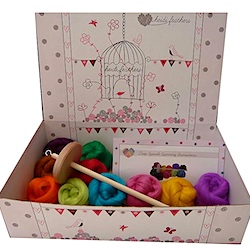 I made this cube for my boyfriend, he's not just good at them; he can solve them one-handed while riding a unicycle, or tackle this kind of thing.
I made this cube for my boyfriend, he's not just good at them; he can solve them one-handed while riding a unicycle, or tackle this kind of thing.
This isn't instructions or a pattern, it's just a blog post about what I did. However, I made it up as I went along, so if you have a little bit of knitting experience, I'm sure you could do the same.
It's not just a dust-gatherer. It does have some other functions, which I'll mention as I go along.
Cotton yarn won't pill or stretch and this particular yarn comes in a selection of nice bright colours. I don't think the type or weight of yarn is important, but as with toys I guess a nice tight gauge is best because you don't want the stuffing to show through. I knit that yarn on 4mm needles.
6 rows by 6 stitches seemed about right, plus a couple of stitches and rows to allow for mattress-stitching. So 8x8. You'll obviously want 9 little squares of each of 6 colours.
That's a lot of tails! Long ones are useful for stitching up. There's no weaving-in because they'll all be lost inside and help to fill the finished item.
As mentioned, I used mattress stitch to sew the small squares into big squares, and then the big squares into the arrangement in the diagram and finally sewed that into the 3D shape, all bar one edge.
A lavender bag adds another function. I understand that lavender is also a spider-deterrent, which is yet another function.
Once sewn up, the same duplicate stitch can be used along the edges.
The stuffing wants to push the cube out into a ball. I had hoped that the stitched edges, and the lack of stretch in the cotton yarn would help hold the cube shape. I packed this in a cube-shaped box in order to help form the cube shape.

















